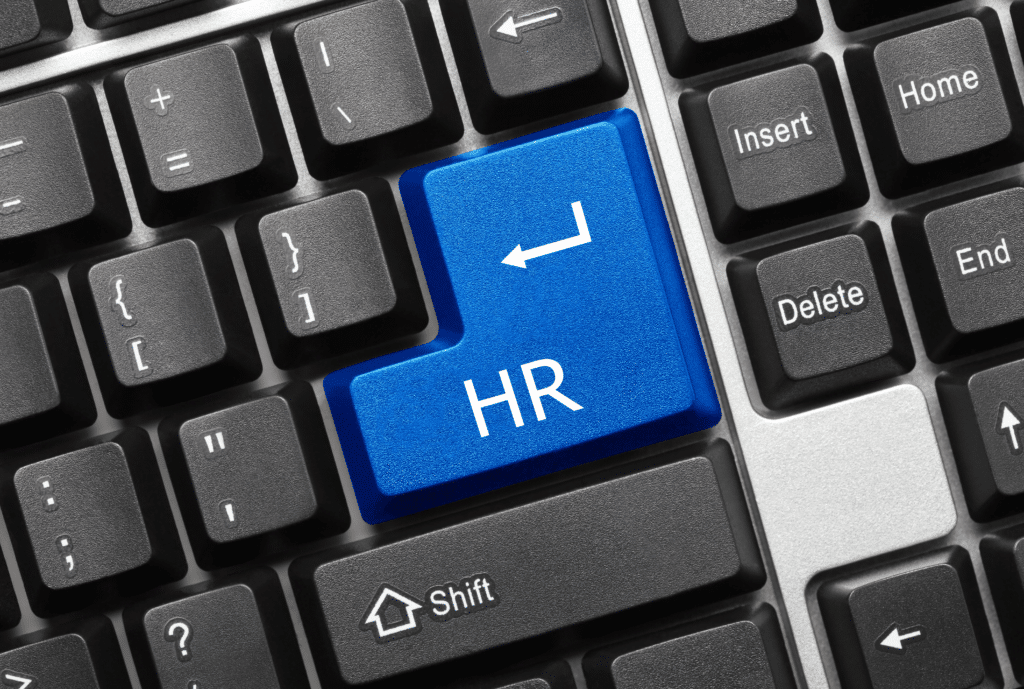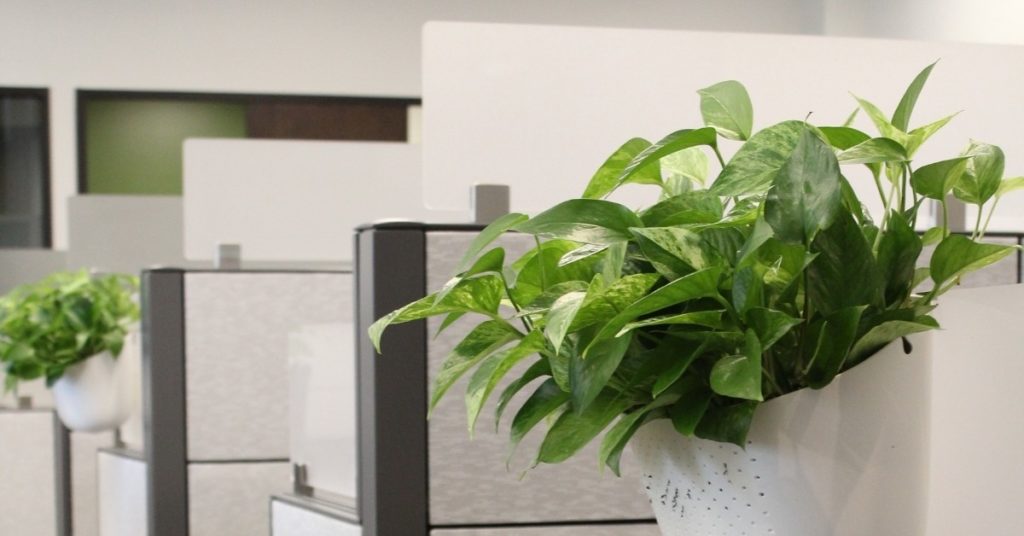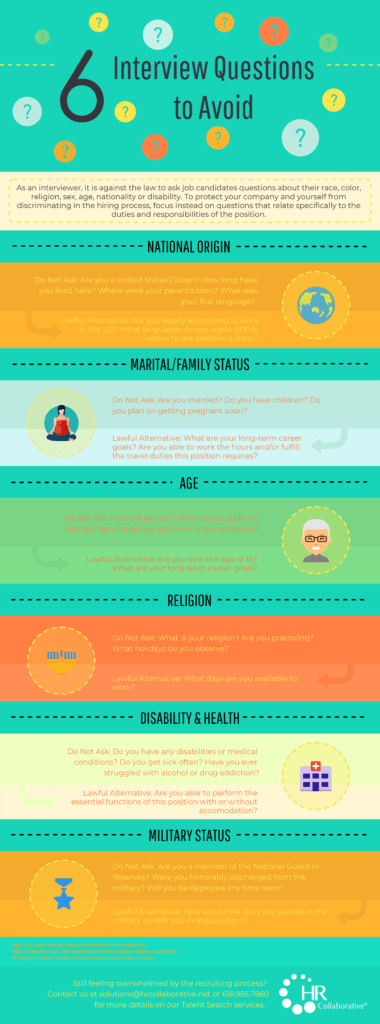Technology’s Impact on the Employee Experience

Last year, many companies underwent a decade’s worth of digital transformation overnight (some literally). And while these quickly-stacked tech stacks got businesses through 2020, many are teetering on the edge of toppling over.
But what’s that got to do with HR? Tech is IT’s realm, right?
In this article, we look at the essential role technology plays in the employee experience and how the sudden digital changes in 2020 may be pushing employees over the edge.
Burnout peaks. In July, studies showed that stress at work was already quickly rising. One report from Monster found two-thirds of employees reported experiencing burnout symptoms (a 20% jump in just over a month).
- That burnout hasn’t gone away. It appears to be growing. A recent study of online searches in the UK suggests an even higher potential “burnout spike” this month.
Work/life balance is the solution, right? The above study found 59% of employees said they were taking less time off, and 42% said they were not planning on taking any time off to decompress. So is that the primary reason for the burnout spikes?
- Yes and no. While there is a correlation between hours worked and the risk of burnout, according to a recent Gallup study, how employees experience their workload appears to be a more significant contributor.
So, where does tech fit into all of this? Before COVID, technology was a key piece of how employees experienced work. Now? For many, it’s the only way they experience it.
- New technologies always bring new issues. But usually, employees can handle those hiccups when there’s stability across the rest of their work.
- Last year, however, tech overload went into overdrive. Employees had to learn new systems at breakneck speeds. Rarely do those new systems “talk” to each other, creating a fragmented work experience.
- Screen overload is becoming another issue. Robert Half recently found nearly 40% of employees are suffering “video call fatigue.”
When tech doesn’t work, work doesn’t work. For today’s WFA workforce, a tech issue isn’t merely an inconvenience. They can be downright debilitating.
- Tech issues can double an employee’s stress levels, as found by a study from Dell Technologies in partnership with neuroscience firm EMOTIV.
- That doubling is on top of already elevated levels from other prolonged pandemic stressors.
- And unfortunately, stress levels don’t normalize immediately after the problem is resolved. Even minor tech issues can make or break an employee’s day.
- Interestingly, the hardest-hit group appears to be young workers. Digital natives expect technology to just work, so it’s an even bigger let-down when it doesn’t.
How can HR help? HR is in a prime position to help re-lay the groundwork for an effective digital transformation. Here are a few ways how:
- Partner with IT. The reasons are twofold. One, with an always-connected workforce, HR is facing its own data overload and broken tech stack headaches. Second, when HR works with IT, they form a high-touch, high-tech power duo that can streamline the employee experience.
- Be a conduit for staff by listening to their experiences. Understanding the technology challenges they’re facing is critical to understanding the employee experience. And it can help inform better processes and areas for improvement.
- Help employees (and employers) adopt a growth mindset. Technological change won’t be slowing down, especially as we begin jockeying between in-person and virtual systems in the hybrid world of work. Now’s the time to teach staff how to ADAPT (Accept, Discontinue, Aquire, Progress, and Track).
Bottom line. Tech is now inextricably linked to the employee experience. How good (or how bad) it is will directly impact key HR metrics such as employee satisfaction, well-being, and retention.
This article first appeared in our weekly Elevating HR newsletter. Check it out and sign up on our newsletter page.
Our Most Recent Articles

Employers to Benefit from New Kinexus Group Acquisition of HR Collaborative
The team at Kinexus Group announced today that they have officially acquired HR Collaborative, a west Michigan-based, women-led community of fractional HR professionals, to meet unmet demand and to serve more employers than ever before.































































































